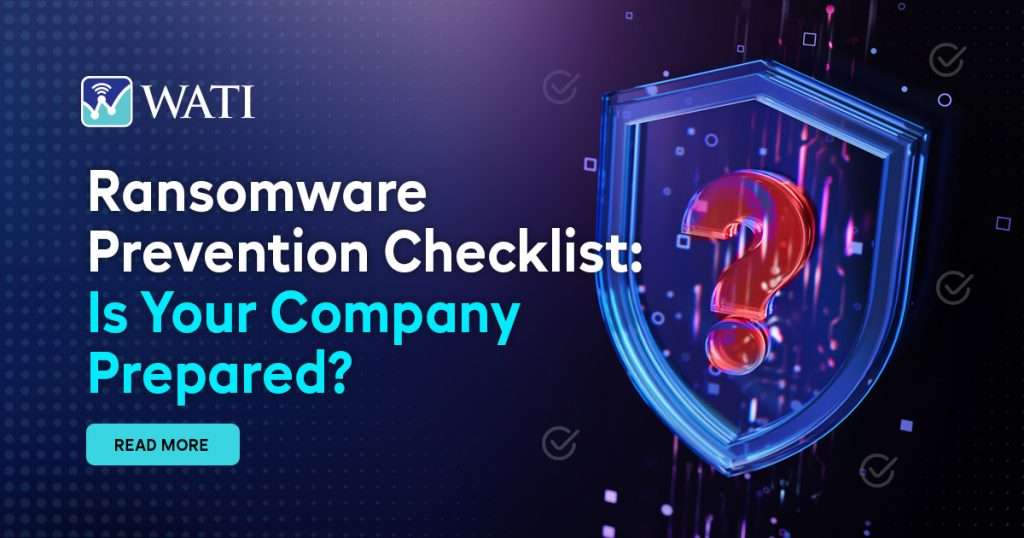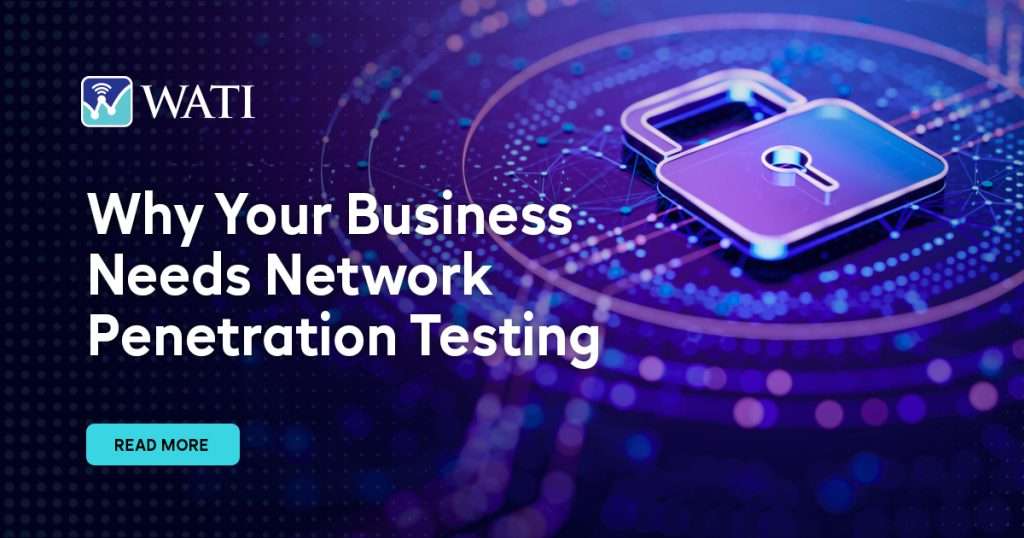Zero-day attacks have become one of the most feared and dangerous cybersecurity threats. These attacks target previously unknown vulnerabilities—flaws that software vendors and security experts are unaware of, giving hackers a clear advantage. Once exploited, these vulnerabilities can be used to steal sensitive data, disrupt services, or gain unauthorized access to systems.
In this comprehensive guide, we’ll explain what a zero-day attack is, how it works, real-world examples, why it’s so dangerous, and most importantly, how to protect your business from such threats.
What Is a Zero-Day Attack?
A zero-day attack refers to a cyberattack that exploits a security vulnerability before the software vendor or security community is aware of it. The term “zero-day” comes from the fact that developers have had zero days to fix the flaw before it’s actively exploited.
Key Terms to Know:
- Zero-Day Vulnerability: A flaw in software or hardware unknown to the vendor or public.
- Zero-Day Exploit: The code or method used to take advantage of the vulnerability.
- Zero-Day Attack: The actual cyberattack using the zero-day exploit.
How Do Zero-Day Attacks Work?
Zero-day attacks typically follow this lifecycle:
- Discovery of Vulnerability: A hacker (or sometimes a security researcher) discovers an unknown flaw in software or hardware.
- Creation of Exploit: Malicious actors develop code or malware to exploit this flaw.
- Deployment of Attack: The exploit is used to infiltrate systems, steal data, or install malware.
- No Patch Available: Since the vendor is unaware, no fix or patch exists—leaving systems vulnerable.
These attacks can go undetected for weeks or even months, allowing threat actors to inflict maximum damage before the vulnerability is discovered and patched.
Why Are Zero-Day Attacks So Dangerous?
1.No Warning
Since zero-day vulnerabilities are unknown, traditional antivirus or firewall solutions often cannot detect them.
2.High Value for Hackers
Zero-day exploits can be sold on the dark web for thousands to millions of dollars, depending on their target (e.g., government, financial institutions).
3.Fast-Spreading Malware
Once a zero-day exploit becomes public, multiple threat actors may start using it before a patch is released.
4.Impact on Critical Infrastructure
Zero-day attacks have been used to target power grids, hospitals, transportation systems, and more, making them a threat to national security.
Real-World Examples of Zero-Day Attacks
1.Stuxnet (2010)
One of the most famous examples, Stuxnet used multiple zero-day vulnerabilities to sabotage Iran’s nuclear program. It was a sophisticated cyber weapon believed to be created by state actors.
2.Google Chrome Vulnerability (2022)
A critical zero-day flaw in Google Chrome (CVE-2022-1096) allowed attackers to run arbitrary code. Google had to rush a security update to patch the issue.
3.Microsoft Exchange Server Attack (2021)
State-sponsored threat groups exploited several zero-day vulnerabilities in Microsoft Exchange Servers, compromising thousands of organizations worldwide.
Who Targets Zero-Day Vulnerabilities?
Zero-day exploits are used by a wide range of threat actors:
- Cybercriminals: To steal data, deploy ransomware, or commit fraud.
- State-sponsored hackers: For espionage or political disruption.
- Hacktivists: To make political or social statements.
- Insider threats: Employees with knowledge of internal systems.
How to Detect Zero-Day Attacks
Detecting a zero-day attack is challenging, but the following methods help:
1.Behavioral Analytics
Monitoring software behavior for anomalies or suspicious activity can flag potential zero-day exploits.
2.Threat Intelligence
Subscribing to threat intelligence feeds can alert organizations to new vulnerabilities and active exploit campaigns.
3.Intrusion Detection Systems (IDS)
Modern IDS tools use machine learning to spot unfamiliar patterns that may indicate a zero-day attack.
How to Prevent Zero-Day Attacks
While you can’t predict a zero-day exploit, you can take proactive steps to reduce your risk:
1.Regular Software Updates
Ensure all operating systems, applications, and firmware are updated regularly. Patches for known vulnerabilities are often released promptly.
2.Implement VAPT (Vulnerability Assessment and Penetration Testing)
Routine VAPT can identify weaknesses in your systems and simulate attacks to test your defenses—even if the exploit is not yet public.
3.Use a Zero-Trust Architecture
Zero-trust limits access to only those who need it. Even if a zero-day exploit is successful, its reach is minimized.
4.Deploy Endpoint Detection and Response (EDR)
EDR solutions monitor endpoint behavior and respond quickly to threats, even unknown ones.
5.Employee Awareness
Train staff to recognize phishing attempts and suspicious activities. Many zero-day attacks begin with social engineering.
6.Backups and Incident Response Plan
Maintain secure backups and a robust incident response strategy. This ensures business continuity even in the case of a successful breach.
What Happens After a Zero-Day Is Discovered?
Once a zero-day vulnerability is found, here’s what typically happens:
- Security Researchers or Vendors Get Informed: The vulnerability is disclosed (responsibly or publicly).
- Patch Development: Software vendors create and release a patch or update.
- Threat Intelligence Sharing: Details about the exploit are shared across cybersecurity communities.
- Post-Incident Analysis: Organizations assess the impact and improve defenses.
Should You Be Worried About Zero-Day Attacks?
Yes—but you shouldn’t panic. While zero-day attacks are a serious threat, organizations that follow cybersecurity best practices and adopt multi-layered defenses are much better prepared to deal with them.
If you’re a business handling sensitive customer or financial data, working with a cybersecurity services provider to conduct regular VAPT and implement endpoint protection is crucial.
Final Thoughts
Zero-day attacks are some of the most difficult cybersecurity threats to detect and prevent. Their unpredictability makes them a favorite tool for cybercriminals and state-sponsored hackers alike. However, a combination of awareness, proactive security measures, and continuous monitoring can significantly reduce your exposure.
Ready to Strengthen Your Cyber Defenses?
At WATI, we specialize in Zero-Day Threat Protection, Red Teaming, and VAPT services. Our cybersecurity experts use advanced techniques to uncover vulnerabilities before attackers do.
Contact us today for a free consultation and learn how we can help protect your organization from zero-day attacks.
Frequently Asked Questions (FAQs)
Zero-day attack is a cyberattack that targets a software vulnerability unknown to the vendor or the public. It’s especially dangerous because there are no available patches or defenses, making businesses highly vulnerable until the flaw is discovered and fixed.
Zero-day attacks can lead to data breaches, unauthorized access to confidential systems, ransomware infections, and operational downtime—posing major financial and reputational risks to organizations.
While zero-day vulnerabilities are by definition unknown, advanced cybersecurity solutions like threat hunting, behavior-based detection, and red teaming services can help uncover suspicious activity before attackers succeed.
Zero-day vulnerability is unknown to the software vendor and lacks a fix. Regular bugs or known vulnerabilities have been discovered and are usually patched, making them easier to defend against.
Organizations in finance, healthcare, government, and critical infrastructure are prime targets. However, any business using third-party software or outdated systems can be vulnerable to zero-day exploits.
We offer proactive services like VAPT (Vulnerability Assessment and Penetration Testing), endpoint detection and response (EDR), threat intelligence monitoring, and red teaming to identify gaps and secure your IT infrastructure—even against unknown threats.
Most legacy antivirus tools rely on known signatures, which makes them ineffective against zero-day exploits. We recommend modern, AI-powered EDR solutions that analyze behavior and detect anomalies in real-time.
Yes. Zero-day exploits are highly valuable on the dark web, often sold to cybercriminals or nation-state actors. This underground market fuels the rapid weaponization of unknown vulnerabilities.
Red teaming simulates real-world cyberattacks to test your organization’s detection and response capabilities. While it doesn’t discover zero-days directly, it exposes systemic weaknesses that attackers could exploit using zero-day vulnerabilities.
We recommend quarterly or bi-annual VAPT, especially for businesses handling sensitive data. Regular VAPT testing ensures that you identify weak spots early—even if a zero-day threat emerges unexpectedly.



